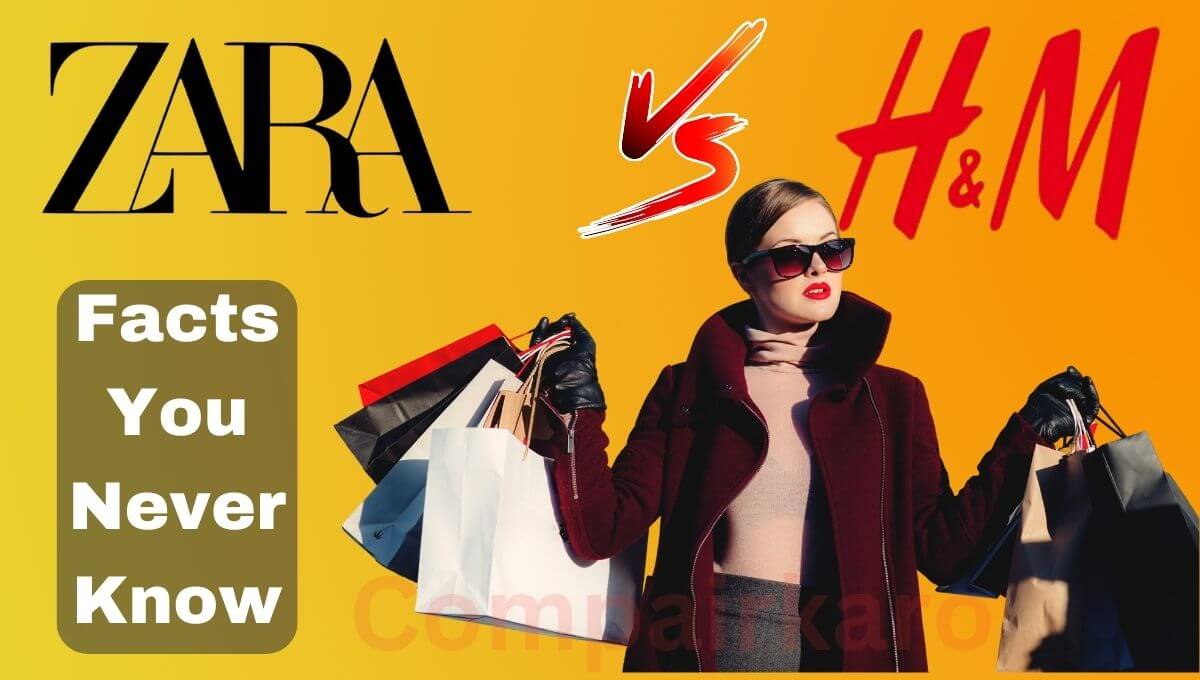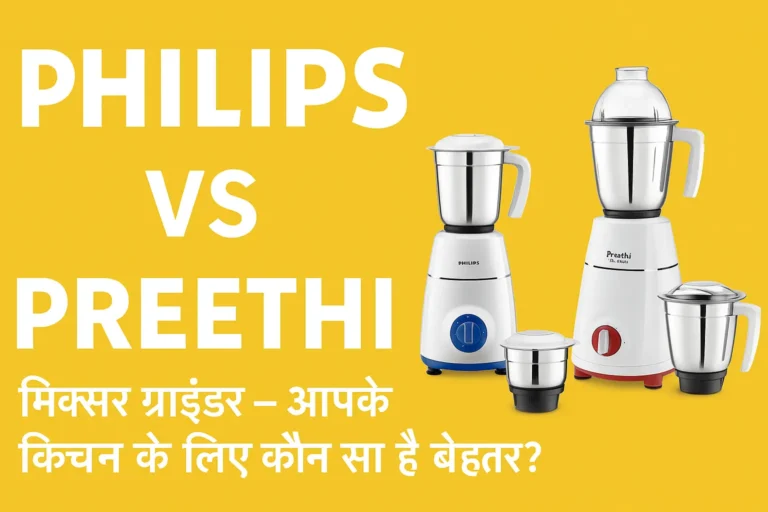Introduction:
- In the fashion industry, Zara and H&M stand out as two of the most prominent fast-fashion retailers globally. This article delves deep into the comparison between these two giants, exploring their histories, business models, target audiences, product offerings, pricing strategies, store experiences, online presence, sustainability efforts, marketing strategies, and financial performances.
Comparison Table : ZARA Vs H&M
Aspect | Zara | H&M |
Launched | 1974 | 1947 |
Area Served | Global | Global |
Market Share | Varied, strong presence in Europe | Varied, strong presence globally |
Headquarters | Arteixo, Spain | Stockholm, Sweden |
Pricing | Generally higher | Generally lower |
Brand Value | Highly valued for quality and style | Renowned for affordability and trends |
Owner | Inditex Group | Stefan Persson (major shareholder) |
History of Zara: (ZARA vs H&M)
- [1] Zara, founded in 1974 by Amancio Ortega in Spain, quickly rose to prominence for its ability to bring runway trends to the masses at an affordable price point.
History of H&M: (ZARA vs H&M)

- [2] H&M, short for Hennes & Mauritz, was established in 1947 in Sweden. Initially focusing on women’s clothing, H&M expanded rapidly, offering a wide range of apparel for men, women, and children.
Business Model of Zara: (ZARA vs H&M)
- Zara’s business model revolves around agility and responsiveness. With a vertically integrated supply chain and a focus on in-house production, Zara can quickly respond to changing fashion trends, often bringing new designs to stores within weeks.
Business Model of H&M: (ZARA vs H&M)
- H&M follows a similar fast-fashion business model, emphasizing affordability and trendiness. However, unlike Zara, H&M outsources most of its production to third-party suppliers, allowing for cost savings but potentially compromising on speed and flexibility.
Target Audience of Zara: (ZARA vs H&M)
- Zara targets fashion-forward individuals who appreciate the latest trends and are willing to pay a premium for quality and exclusivity.

Target Audience of H&M: (ZARA vs H&M)
- H&M caters to a broader demographic, including budget-conscious shoppers looking for trendy and affordable clothing options for the entire family.
People also Reads :- Bisleri vs Kinley
Product Range and Quality Comparison: (ZARA vs H&M)
- While both Zara and H&M offer a wide range of clothing and accessories, Zara is often associated with higher quality and more premium finishes compared to H&M’s more budget-friendly offerings.
Pricing Strategy: (ZARA vs H&M)
- Zara typically prices its products slightly higher than H&M, reflecting its emphasis on quality and exclusivity. However, both brands regularly offer discounts and promotions to attract price-sensitive shoppers.
Store Experience: (ZARA vs H&M)
- Zara stores are known for their minimalist design and upscale ambiance, enhancing the perception of exclusivity and luxury. In contrast, H&M stores are more vibrant and bustling, catering to a diverse customer base.
Online Presence: (ZARA vs H&M)
- Both Zara and H&M have robust e-commerce platforms, allowing customers to shop conveniently from anywhere. However, Zara’s online presence is often praised for its user-friendly interface and seamless shopping experience.
Sustainability Efforts: (ZARA vs H&M)
- In recent years, both Zara and H&M have made significant strides in enhancing their sustainability initiatives, such as using organic cotton, reducing water consumption, and implementing recycling programs. However, critics argue that fast-fashion inherently contradicts sustainability principles due to its high turnover of cheaply made garments.

Marketing Strategies: (ZARA vs H&M)
- Zara tends to rely more on word-of-mouth marketing and limited advertising, fostering an aura of exclusivity and scarcity around its products. On the other hand, H&M employs extensive marketing campaigns and collaborations with celebrities and designers to maintain its brand visibility and relevance.
Financial Performance Comparison: (ZARA vs H&M)
- While both Zara and H&M continue to generate substantial revenue and profits, Zara’s focus on premiumization and faster inventory turnover has enabled it to maintain higher profit margins compared to H&M.
Conclusion:
- In conclusion, the comparison between Zara and H&M highlights the distinct strategies and approaches adopted by these two fashion retailers. While Zara excels in agility, quality, and exclusivity, H&M appeals to a broader audience with its affordability and extensive product range. Ultimately, the choice between Zara and H&M boils down to individual preferences and priorities, whether it be fashion-forwardness, budget constraints, or sustainability concerns.
Which brand is more sustainable, Zara, or H&M?
Both Zara and H&M have made significant strides in enhancing their sustainability initiatives in recent years. While Zara emphasizes quality and exclusivity, incorporating eco-friendly materials and reducing waste, H&M has also committed to sustainability goals, such as using organic cotton and implementing recycling programs. Ultimately, the sustainability efforts of each brand may vary, and it’s essential to research specific initiatives and practices to determine which aligns best with your values.
Are Zara products worth the higher price tag compared to H&M?
The higher price tag associated with Zara products often reflects the brand’s emphasis on quality, exclusivity, and faster inventory turnover. Zara’s vertically integrated supply chain allows for quicker response to fashion trends and higher quality finishes. However, whether Zara products are worth the price compared to H&M depends on individual preferences, priorities, and budget constraints. Some may find the quality and design of Zara products justify the higher cost, while others may prefer the affordability of H&M’s offerings.
Does Zara have a larger global presence than H&M?
Zara and H&M both boast extensive global presences, with stores spanning numerous countries and regions worldwide. While Zara originated in Spain and has a strong presence in Europe, it has expanded globally to encompass a diverse customer base. Similarly, H&M, originating in Sweden, has grown into a global fashion retailer with stores in various continents. Comparing the exact size of their global presence may vary depending on factors such as store locations, market penetration, and regional popularity.
What sets Zara’s business model apart from H&M’s?
Zara’s business model is characterized by agility, vertical integration, and a focus on in-house production. The brand can quickly respond to changing fashion trends, often bringing new designs to stores within weeks. In contrast, H&M relies more on outsourcing production to third-party suppliers, allowing for cost savings but potentially sacrificing speed and flexibility. Zara’s emphasis on exclusivity and faster inventory turnover sets it apart from H&M’s approach, which caters to a broader audience with affordable, trendy clothing.
How do Zara and H&M differ in their approach to online retail?
Zara and H&M both have robust e-commerce platforms, offering customers the convenience of shopping online. However, Zara’s online presence is often praised for its user-friendly interface, seamless shopping experience, and integration with its brick-and-mortar stores. Zara’s online platform complements its in-store experience, allowing customers to browse and purchase items effortlessly. On the other hand, H&M also offers online shopping but may focus more on promotional activities and exclusive online deals to attract customers to its website.




